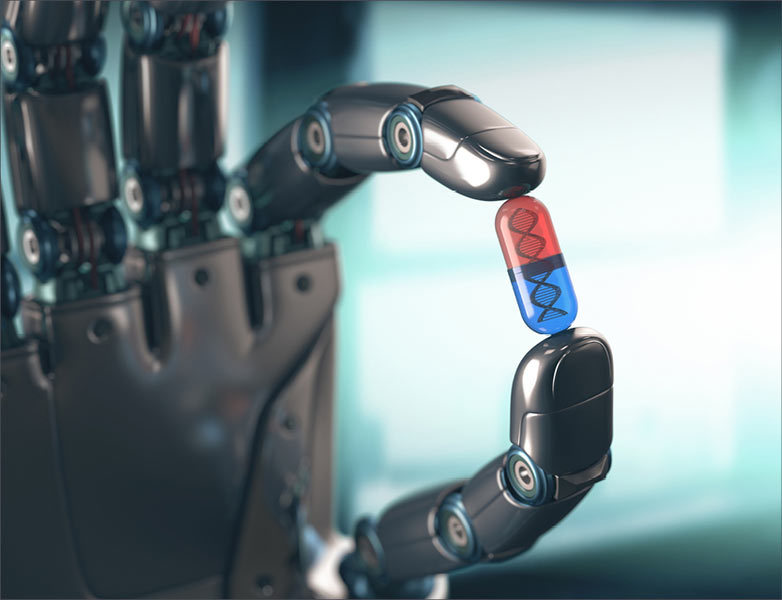We can now design new antibiotics in a matter of days thanks to artificial intelligence.
In most cases, you’ll have to experiment with a huge number of different compounds in the lab until you locate one that has the requisite bacteria-killing properties. You might come across some competitors who are effective at eradicating bacteria. In the end, you realize you can’t use them because they are also dangerous to humans. It’s a lengthy, costly, and perhaps inconvenient procedure.
But what if you type down the properties you’re seeking and have your computer create the ideal molecule for you?
Artificial intelligence will use to anticipate new medications that are structurally distinct from existing antibiotics and effective against a wide spectrum of bacteria. A model will be used to generate an antibiotic candidate, which will subsequently be tested for antibacterial activity.
We have previously employed Artificial neural networks in this process. These are computing systems that allow the system to “learn” and are based on biological neural networks. This makes it possible to forecast a chemically precise molecular structure, which was previously impossible.
As a result of this, many of the antibiotic development trials and errors were eliminated. A computational system like this could forecast antibiotic chemical structures with a high degree of accuracy, reducing the amount of time and money spent developing antibiotics that don’t work.

The halicin discovery
The chemical halicin, a c-Jun N-terminal kinase inhibitor, was discovered using this method by a team of researchers at the Massachusetts Institute of Technology (MIT). Halicin was found to have bactericidal properties against drug-resistant tuberculosis and carbapenem-resistant Enterobacteriaceae (CRE) strains later on.
The technology’s application to a variety of larger databases has aided in the discovery of new antibiotic candidates. The database ZINC5 was examined, yielding 23 novel antibiotics that are structurally unique from known antibiotics.
It’s also worth noting that artificial intelligence can help avoid further antibiotic resistance increases in various ways.
Artificial intelligence is a wonderful tool for developing new antibiotics, which will be vital in preventing fatalities from resistant bacteria. However, because even with this technology, there are only a finite number of distinct antibiotic compounds. This method should supplement with preventative strategies to combat the spread of resistance. We should supplement this method with preventative strategies to combat the spread of resistance. You can read this article to get more info about AI. If you are curious about innovations in artificial intelligence, I recommend you to watch this video.
















Add Comment